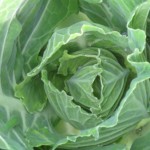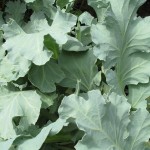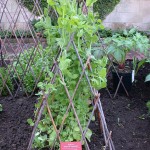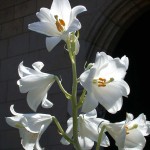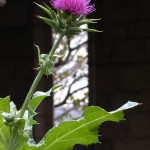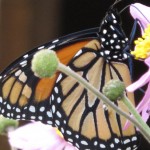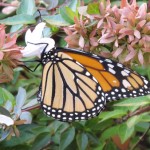Weed Eating
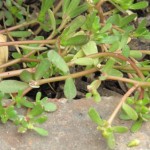 |
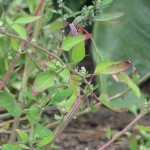 |
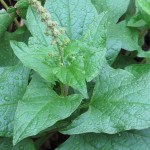 |
The edible weeds that grew among the cultivated vegetables in the medieval kitchen garden were also harvested and used as potherbs. Above, from left to right: purslane, a succulent weed of fertile soils, is a common weed in our own vegetable gardens; lamb’s quarters, also known as “fat hen,” is now a very common weed in the United States; Good King Henry is related to the nutritious lamb’s quarters and was cultivated as a vegetable. Photographs by Corey Eilhardt.
A weed is a plant you don’t want. An herb is a plant with a use. But many of the “weedy” species that are considered garden nuisances today were actually valued in the Middle Ages. Edible weeds growing in the kitchen garden, along with the cultivated vegetables, were used in pottage, a basic medieval dish. (For more on pottage, see last week’s post, “Colewort and Kale.”) Read more »


